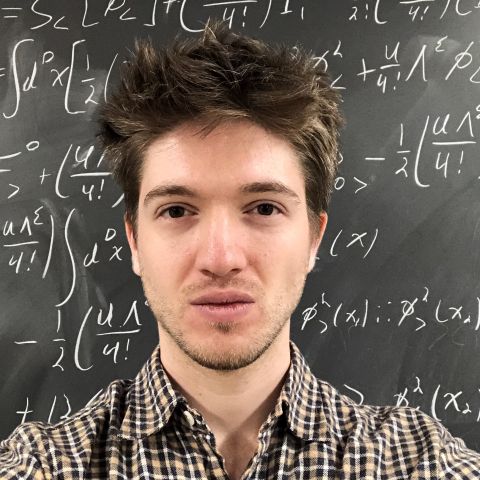The electronic structure of 3D bismuth has been experimentally and theoretically revealed to host topologically protected conducting 1D helical modes. Recent magnetotransport measurements of crystalline bismuth quantum wires connected to superconducting electrodes reveal nonreciprocal behavior of the critical current (a so-called “diode effect”) consistent with a model of multiple spin-momentum-locked, ballistic 1D helical states carrying supercurrent through the nanowire. The angular field dependence of non-reciprocal responses in the normal and superconducting states on different crystal facets suggests these effects arise due to contributions from both the bulk topology and the spin-orbital character of different surfaces. Starting from ab initio wannier-based models, we study the spin-resolved bulk topology of bismuth to determine the dominant contributions to the bulk spin-orbital texture. We then compute the surface spin texture and Rashba-Edelstein responses of multiple sample facets. Our findings support a picture in which the topological 2D surface states of bismuth become gapped into a network of supercurrent-carrying 1D helical modes that partially inherit the surface spin-orbit axis. We also discuss the tuneability of the Rashba-Edelstein effect via structural manipulation.
Unraveling the Interplay of Spin and Topology in Bismuth Nanowires
By Eli Gerber, University of Paris-Saclay

- Event Type: Seminar
- Date and Time: 03/14/2025 3:30 pm - 03/14/2025 4:30 pm
- Location: Willamette 240D
Special Day and Time
